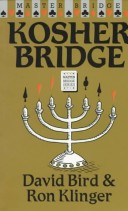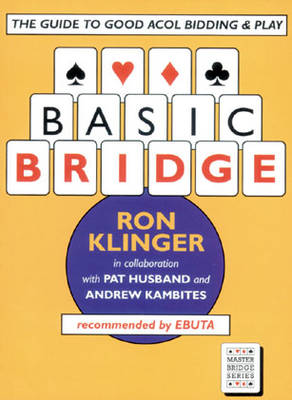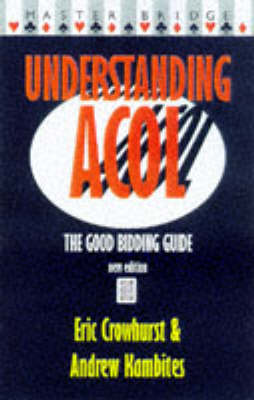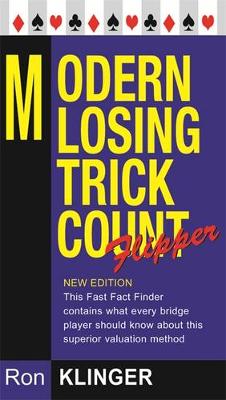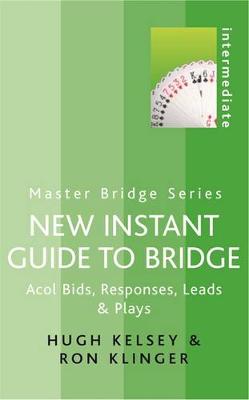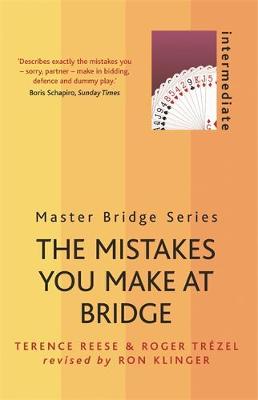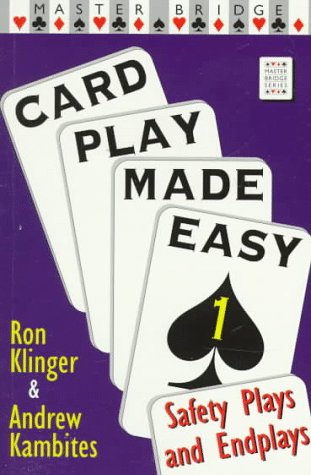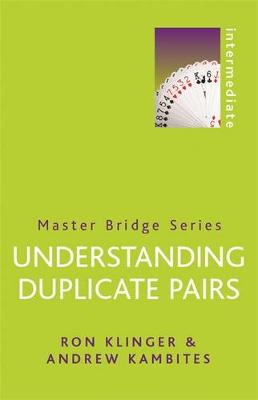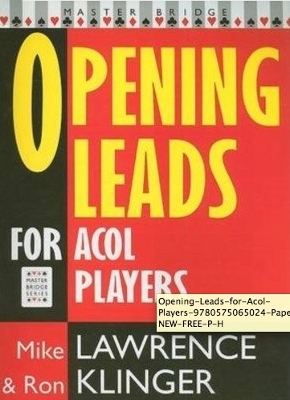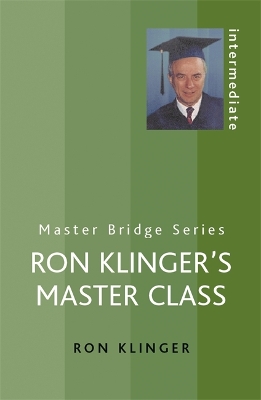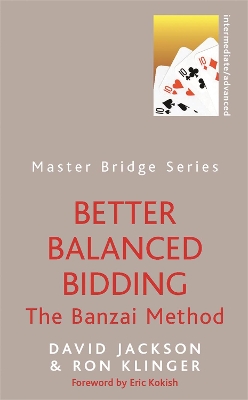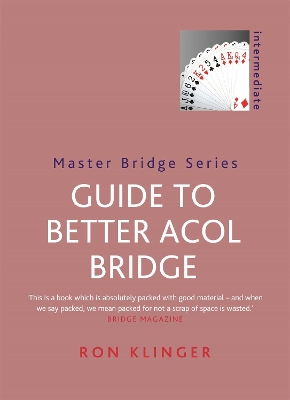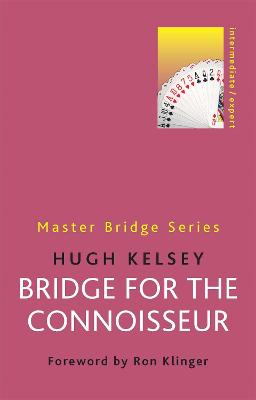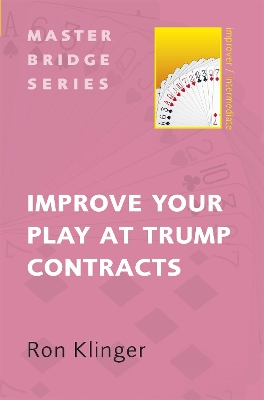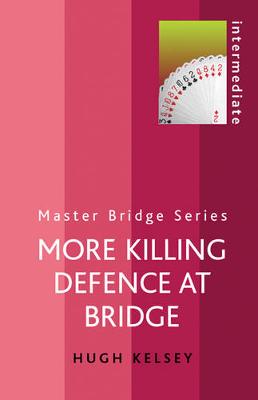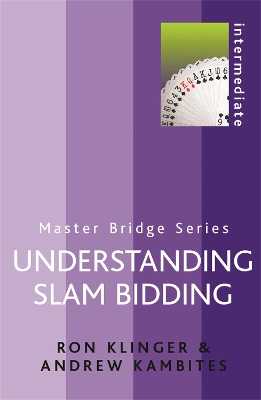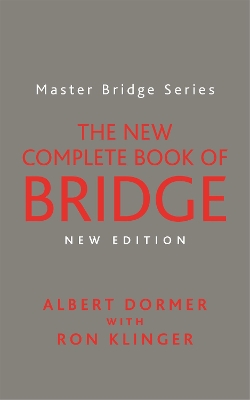Master Bridge
85 total works
The Mistakes You Make At Bridge
by Terence Reese, Roger Trezel, and Ron Klinger
The opening lead can be the most difficult lead in the whole game - and the most critical. When you are choosing your opening lead, you have only thirteen cards to contemplate and the auction to guide you, whereas for every other lead more than twice as many cards are known. A shrewd opening lead may provide a greater chance of successful defence than any card played at a later stage.
This superb book shows how to predict the way the play will probably develop and what, therefore, is likely to be the best opening lead. The authors' consistent aim is to encourage the player to gather all the threads of information helpful in deciding what may be the crucial card to lead. And, for good measure, this guidance is amplified by a generous number of expert tips unlikely to be known to most players.
Whether you play in person, or online, this is a must for bridge lovers around the world
This is an important, and in some ways revolutionary, book. The point count method of hand evaluation was first proposed in 1914 and popularized in 1934 by Milton Work. The Banzai Method advanced by David Jackson and Ron Klinger improves on Milton Work by reassessing the relative values of the honour cards but also adds a further dimension to accurate hand evaluation by including the tens and is of crucial importance when assessing balanced hands. According to Eric Kokish, an internationally respected American authority, who has contributed the Foreword, the many example deals are an eye-opener. When you finish this book, it is unlikely that you are going to look at your hand the same way as you have in the past.
For everyone who plays - or is interested in the international phenomenon that is the world of bridge
In RIGHT THROUGH THE PACK AGAIN, joint winner of the INTERNATIONAL BRIDGE PRESS ASSOCIATIONS'S 2009 BOOK OF THE YEAR AWARD, each card tells the story of its importance in a particular deal and in so doing the book pays homage to the original concept in the bridge classic RIGHT THROUGH THE PACK.
The Old Master is in a coma and the cards attempt to bring him back to consciousness, to revive him with their tales of derring-do. Not only are the deals themselves entertaining, but they are instructive too. You can test yourself on the problems and then go to the solution later in the book and thus improve your own game.
For those needing to grasp the fundamentals of sound bidding and play, Ron Klinger's BASIC BRIDGE is the answer. GUIDE TO BETTER ACOL BRIDGE is intended for the large majority who are ready to advance beyond the basics.
While GUIDE TO BETTER ACOL BRIDGE emphasises better bidding, each chapter contains examples of play, which highlight areas of winning declarer technique and defence. At the end of each section, a revision test enables the reader to measure the rate of progress.
The book can be used by teachers conducting courses, or as a self-teacher.
To bid in a controlled auction to a successful slam is one of the great pleasures of bridge. Understanding Slam Bidding teaches you the important modern conventions, but more importantly, it shows you how to think so that you can tell whether a card in your hand is just what partner wants, or is waste paper.
If you take the time to study this book you will find yourself bidding successful slams with fewer points than is normally considered necessary, and you will avoid bidding slams that are doomed to fail when you have lots of points but no fit.
This book gives a full account of modern Acol and of the whole range of defensive and competitive bidding. It is suitable for players up to a high standard but will readily be understood by less experienced players as each topic starts with the fundamentals.
The play of the cards is covered in all important aspects, with an emphasis on mental approach and on principles of wide application. Deals are presented in a way that allows the reader to develop his thoughts and arrive at solutions. There are many hints of practical value that will stay in the mind.
